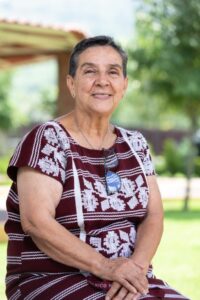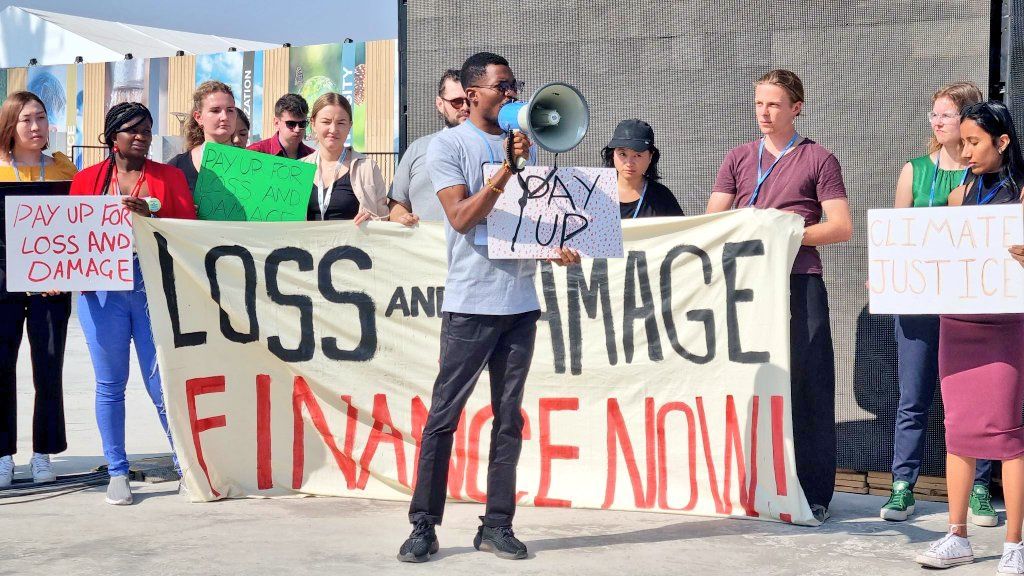Undoubtedly, during this COP27, two fundamental and priority issues were acknowledged, one of them being environmental justice. Thousands of young people from all over the world gathered to call for justice, not only for environmental justice but generalized justice for all the unprotected who, being the least responsible for the environmental crisis, are precisely those who are most affected by climate change and global warming. Young people have come forward to demand action for a just cause: support for the most vulnerable countries. There is no dearth of evidence to support their argument, whether it’s the statement by the Prime Minister of Tuvalu, who sees his country in imminent danger of disappearing, or the undisputed fact that the African continent, which contributes less than 4 percent of global greenhouse gas emissions, suffers from extreme and disastrous climate impacts. The time has come to act, not to turn away and pretend to ignore what we cannot deny: the imminent path to an unprecedented environmental crisis.

and pretend to ignore what we cannot deny: the
imminent path to an unprecedented environmental crisis.
The second issue closely linked to environmental justice is loss and damage. The UN Climate Change news states that COP27 negotiations closed on November 20, 2022, with a breakthrough agreement to provide “loss and damage” funding for vulnerable countries hit hard by climate disasters. Simon Stiell, UNFCCC Executive Secretary, states, “This outcome moves us forward. We have determined a way forward on a decades-long conversation on funding for loss and damage—deliberating over how we address the impacts on communities whose lives and livelihoods have been ruined by the very worst impacts of climate change.” The creation of a specific fund for loss and damage marks an important point of progress, officially included on the agenda and adopted for the first time at COP27. To establish operating rules for the aforementioned fund, a transition committee was created, whose first meeting is expected in March 2023.
Let’s hope that this new arrangement becomes a reality in the coming months, or fate will reach the most vulnerable countries on the planet before reaching agreements on how much, when, how, and to whom, as has been happening with the Green Fund established in Cancun 2010 (COP16). Hope, struggle, and action remain for us to take immediately.



